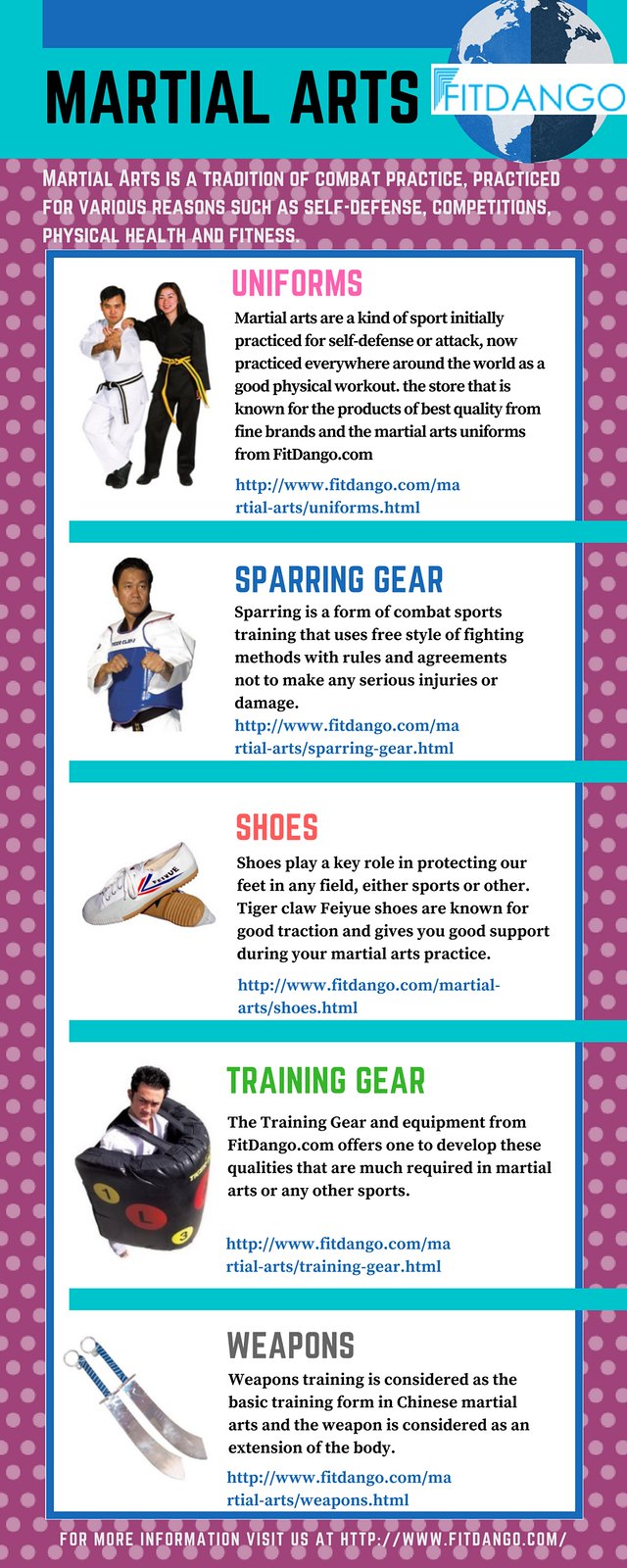The Relevance Of Flexibility In Martial Arts Guideline
The Relevance Of Flexibility In Martial Arts Guideline
Blog Article
Web Content By-Henry Flores
Did you understand that flexibility plays a vital role in martial arts training?
Actually, a study conducted by the International Journal of Sports Physical Therapy disclosed that over 80% of martial artists fight with limited adaptability.
However why is flexibility so crucial? Well, it not only boosts your efficiency and technique yet additionally reduces the threat of injuries.
So, if you're looking to take your fighting styles abilities to the following level and stay injury-free, you'll most definitely wish to keep analysis.
Benefits of Versatility in Martial Arts
Versatility in fighting styles brings many advantages to experts, enabling you to boost your efficiency and decrease the risk of injury. By improving your flexibility, you boost your series of activity, allowing you to perform strategies with greater accuracy and effectiveness.
This enhanced agility and fluidness in your motions can provide you a competitive edge, permitting you to react quicker and adapt to various situations throughout competing or competitions. Furthermore, increased flexibility aids to avoid injuries by boosting muscle elasticity and joint movement.
It permits your body to move a lot more easily, reducing the strain on your muscle mass and ligaments. This, consequently, decreases the chances of sprains, stress, and muscle pulls. By integrating versatility training right into your martial arts technique, you not only enhance your performance yet additionally guard your physical wellness.
Methods to Improve Versatility
To improve your versatility in martial arts, you can integrate different stretching exercises into your training regimen.
One effective method is dynamic extending, which entails relocating via a complete series of movement to heat up your muscular tissues and enhance adaptability. Instances include leg swings, arm circles, and trunk turnings.
https://self-defense-knife-for-wo12986.bloggosite.com/39241199/powerful-protection-approaches-via-martial-arts-training is static stretching, where you hold a go for a continual period of time. martial arts can be explained as assists lengthen and unwind your muscular tissues, enhancing versatility over time. Typical static stretches for fighting styles include the butterfly stretch, hamstring stretch, and shoulder stretch.
Additionally, including yoga exercise or Pilates into your training can also greatly enhance your adaptability.
Keep in mind to constantly heat up prior to extending and pay attention to your body to prevent injury.
Versatility Educating for All Ability Degrees
As you advance in your fighting styles training, enhancing your versatility becomes vital for improving your total efficiency. Adaptability training isn't just valuable for advanced specialists but likewise for beginners and intermediate trainees.
Despite your skill level, incorporating flexibility workouts right into your training regimen will certainly assist you create a large range of activity, avoid injuries, and enhance your technique implementation.
For novices, versatility training can help enhance your form and position, permitting you to do movements correctly and effectively. Intermediate practitioners can utilize adaptability training to further boost their series of motion and boost their fluidness in implementing complicated strategies. Advanced pupils can take advantage of adaptability training by preserving and fine-tuning their existing adaptability, allowing them to do sophisticated steps effortlessly.
go to this site
To conclude, embracing flexibility in your fighting styles training is vital. By including strategies to improve adaptability, you can improve your performance and protect against injuries.
Keep in mind, 'A flexible body is a resistant body.' So, keep pressing your restrictions, extending consistently, and reap the benefits of a supple and dexterous figure.
